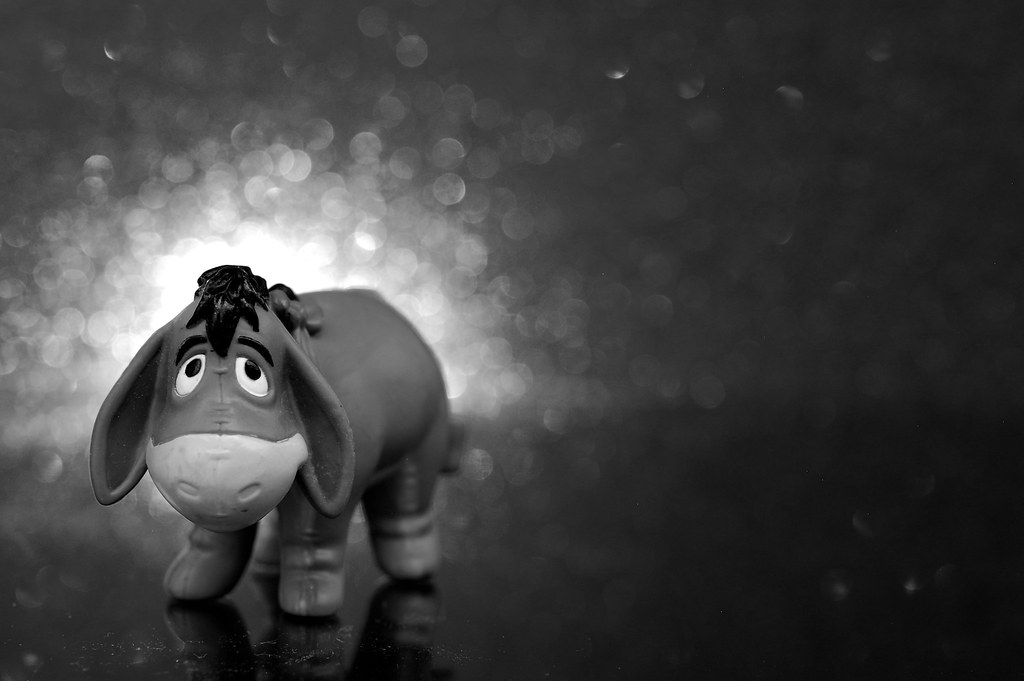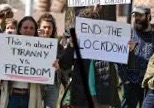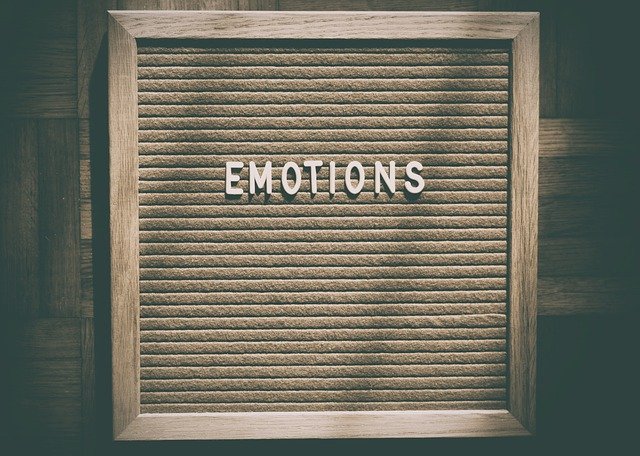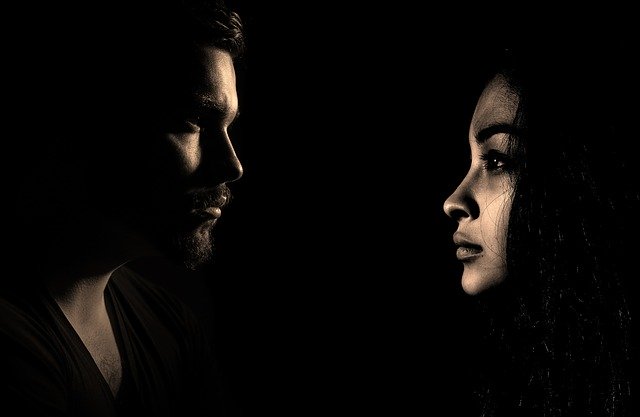
Using the language of 'parts' to communicate emotions
I sometimes suggest to clients the value of describing their experience in the language of ‘parts’, such as ‘A part of me feels sad’ or ‘a part of me was angry’.
The advantage of using this kind of language is when we may feel overwhelmed or dominated by certain feelings. By using the language of parts we are able to acknowledge our experience without being completely ‘in’ it.
It also helps us allow in feelings that we may be uncomfortable with, such as anger, envy, jealousy, hatred. By saying that a part of us feels jealous, envious, or furious, we remove some of the judgment we may hold.
Read more: Using the language of 'parts' to communicate emotions

'Lowest of the low' narcissism
24 May 2020
Usually we understand narcissism as a kind of arrogance or superiority. But there is another side to this, which is the ‘I’m the lowest of the low’ form of narcissism.
Of course, I believe we can all show these narcissistic traits to some degree, but for some people they seem to be deeply embedded ways of relating to the world and can cause major problems in relationships.
Many people swing between the superior/inferior expressions of narcissism, either feeling like they are better than everyone else or worse.

Relationships can bring joy, but we also need time on our own
In this time of lockdown, when many of us have been confined with partners, families or friends, I’ve been thinking about how relationships contribute, or not, to our happiness levels.
This topic was highlighted in a famous research project, the Harvard Study of Adult Development, which in 1938 began investigating the happiness levels of more than 700 men. It is still ongoing even though many of the original participants have died.
It’s one of the longest running and most in-depth studies into what brings happiness and one of its main findings was that it’s not money or success that generate contentment, but rather close and meaningful relationships with partners, family, friends and community. The researchers found that those with such relationships lived longer, healthier and happier lives.
Read more: Relationships can bring joy, but we also need time on our own

Our attachment to being right
‘The most destructive element in human relationships is the urge to make other people bad or wrong, and then judge, reject or punish them for that.’ - John Welwood
The controversy over how different countries have responded to the coronavirus challenge has brought up yet again the danger of assuming that our own opinion or outlook is somehow correct and ‘good’ and that other opinions are obviously wrong and, in some cases, ‘bad’ or ‘wicked’.
This is a tendency I recognise in myself. Sometimes it just seems so obvious that what I believe is the truth and what others believe is simply wrong.

Couple therapy – making sense of emotions
Recognising and naming what we are feeling is a valuable part of couple therapy, but it’s not something that comes easily to most of us.
It is important to learn how to recognise and name what we’re feeling because, in one sense, we are what we feel. It is often through our feelings that we reveal ourselves to others, that they get an understanding of what we want, what we’re passionate about, what moves us. And that helps create intimacy.
The power in therapy of ‘talking to yourself’
One of the revelations that many who enter therapy experience is that the process becomes not just talking to the therapist but also, in a deeper, way talking to themself.
This was highlighted recently by artist and cultural commentator Grayson Perry, in the BBC Radio Four programme Start the Week. (see link at bottom of this post).

Why detaching from conflict can kill a relationship
Many people believe that fighting is bad in a relationship and of course that’s true if the arguing is toxic and non productive. However, for a couple therapist the worst indicator for the relationship is when one of the partners seems to have given up.
This partner may have got to the stage where everything seems to hopeless that they detach from the relationship – they no longer even care enough to get angry.
Read more: Why detaching from conflict can kill a relationship
John Bradshaw – championing your inner child
This is a great talk by psychologist John Bradshaw about the inner child, in which Bradshaw talks about the importance of “championing” that part of ourselves. This idea is developed in his book Homecoming, published in 1990.
Bradshaw, who died in 2016, was from Texas and has the style of a Southern preacher in his public talks.


